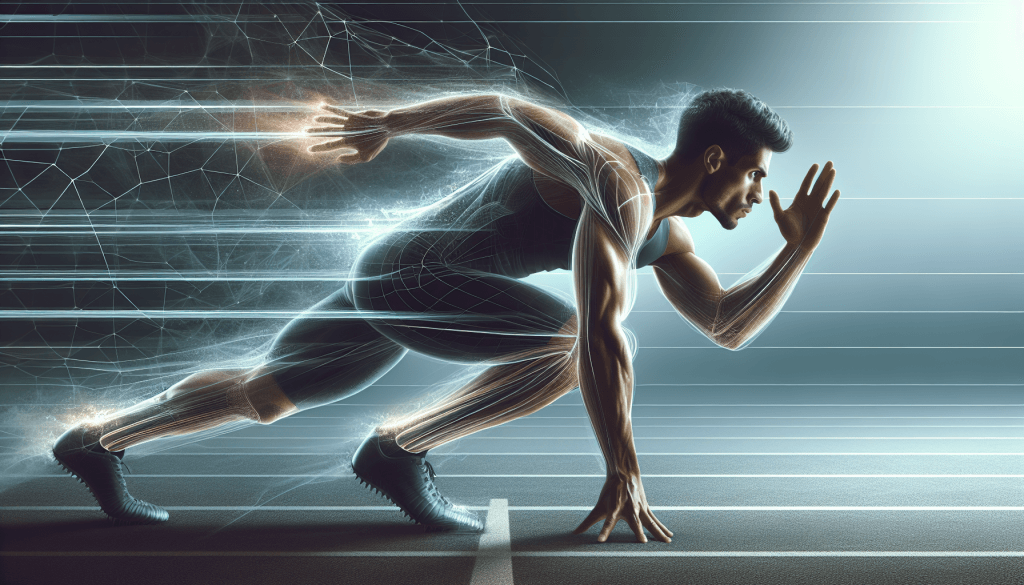What Are The Advantages Of Using Visualization For Athletic Performance?
Imagine standing on the starting line of a race, your heart pounding, and your mind racing. Now picture yourself crossing the finish line, victorious, with every step executed perfectly. That’s the power of visualization in action. Visualization, or mental imagery, is a game-changing tool that athletes use to sharpen their skills, boost confidence, and achieve peak performance. But how exactly does it work, and why should every athlete consider incorporating it into their training? Let’s dive in.
Key Takeaways
- Visualization is a mental technique where athletes imagine themselves performing successfully to enhance their skills and mindset.
- It improves focus, confidence, and muscle memory, while reducing anxiety.
- Athletes can use visualization for goal setting, injury recovery, and gaining a competitive edge.
- Incorporating visualization into daily routines can lead to long-term mental and physical benefits.
Introduction to Visualization in Athletic Performance
Definition of Visualization
Visualization is the practice of creating vivid mental images of specific actions or outcomes. For athletes, this means mentally rehearsing their performance—whether it’s scoring a goal, nailing a perfect dive, or running a flawless race. It’s like a mental dress rehearsal, where the brain and body prepare for success without physically moving a muscle.
Importance of Mental Preparation in Sports
Athletic performance isn’t just about physical strength; it’s also about mental toughness. Visualization helps athletes prepare mentally by reducing doubts and reinforcing positive expectations. It’s like having a secret weapon that keeps your mind sharp and ready for action, even under pressure.
Overview of Benefits of Visualization
The benefits of visualization are vast. It enhances focus, builds confidence, improves technique, and even aids in recovery from injuries. Athletes who use visualization often find themselves more prepared and resilient, able to handle challenges with a clear and calm mindset.
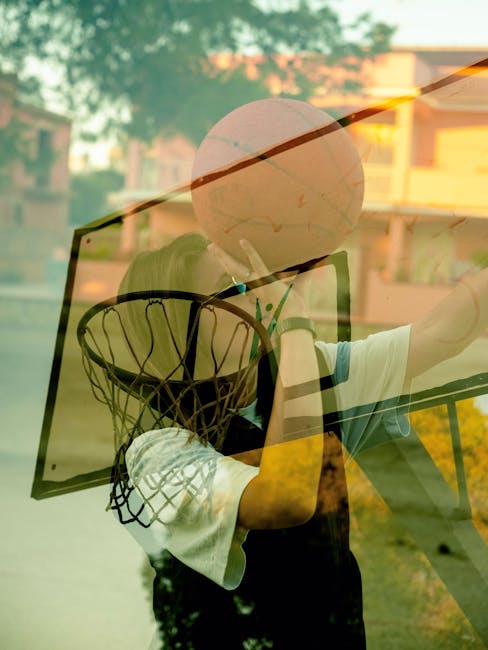
Enhancing Focus and Concentration
Visualization as a Tool for Mental Clarity
Ever feel like your mind is cluttered before a big game? Visualization can act like a mental decluttering session. By imagining specific scenarios, athletes can clear distractions and focus on what truly matters—executing their performance with precision.
Improving Concentration During Training and Competition
Visualization isn’t just for game day. During training, athletes can mentally rehearse drills and techniques to stay locked in. This practice strengthens their ability to concentrate, even when the stakes are high or distractions are everywhere.
Examples of Athletes Using Visualization for Focus
Take Olympic swimmer Michael Phelps, for instance. He famously visualized every stroke of his races before diving into the pool. This mental preparation helped him stay focused and perform consistently, even under immense pressure.
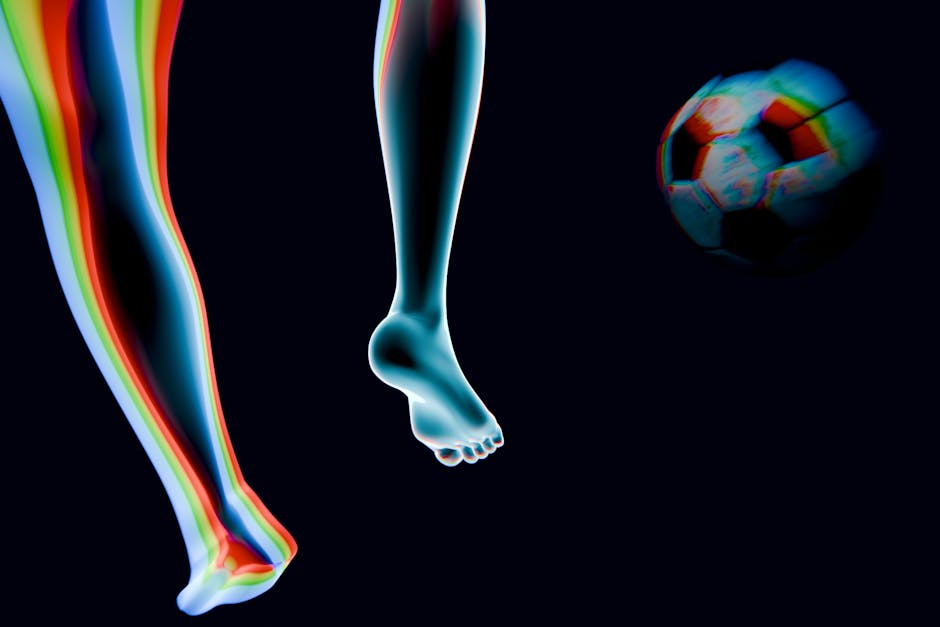
Boosting Confidence and Reducing Anxiety
Visualization to Overcome Performance Anxiety
Performance anxiety can feel like a heavy weight on an athlete’s shoulders. Visualization helps lighten that load by replacing fear with confidence. By mentally rehearsing success, athletes can reduce nerves and approach competitions with a calm, collected mindset.
Building Self-Confidence Through Mental Rehearsal
Confidence doesn’t just appear out of thin air—it’s built through preparation. Visualization allows athletes to see themselves succeeding, which reinforces their belief in their abilities. It’s like planting seeds of confidence that grow stronger with each mental rehearsal.
Case Studies of Athletes Benefiting from Visualization
Many professional athletes credit visualization for their success. Serena Williams, for example, uses mental imagery to prepare for matches, visualizing every serve and return. This practice has been a cornerstone of her legendary career.
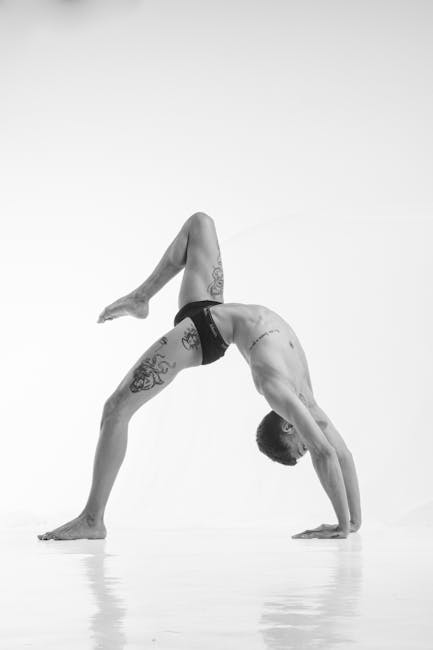
Skill Development and Execution
Mental Rehearsal for Perfecting Techniques
Visualization is like a mental gym where athletes can practice their skills without physical strain. By imagining themselves executing techniques perfectly, they can refine their movements and improve their overall performance.
Visualization for Decision-Making in High-Pressure Situations
In sports, split-second decisions can make or break a game. Visualization helps athletes prepare for these moments by mentally rehearsing different scenarios and responses. This mental preparation can be the difference between hesitation and decisive action.
Enhancing Muscle Memory Through Imagery
When athletes visualize themselves performing, their brain sends signals to their muscles, reinforcing neural pathways. This process strengthens muscle memory, making physical execution feel more natural and automatic.

Goal Setting and Achievement
Using Visualization to Define Clear Performance Goals
Visualization isn’t just about imagining success—it’s also about setting specific goals. Athletes can use mental imagery to define what they want to achieve and create a roadmap to get there. This practice aligns perfectly with positive visualization in goal setting.
Staying Motivated and Committed to Training
Let’s face it—training can be tough. Visualization helps athletes stay motivated by reminding them of their ultimate goals. By picturing the rewards of their hard work, they can push through challenges with renewed determination.
Tracking Progress Through Mental Imagery
Visualization also serves as a mental progress tracker. Athletes can reflect on their improvements by comparing their current mental images to past ones, celebrating how far they’ve come.

Injury Recovery and Mental Engagement
Visualization to Stay Connected with the Sport During Recovery
Injuries can sideline athletes physically, but visualization keeps them mentally engaged. By imagining themselves training and competing, they stay connected to their sport and maintain a positive outlook.
Mental Rehearsal for Maintaining Skills While Injured
Even when physical practice isn’t possible, mental rehearsal can keep skills sharp. Visualization allows athletes to mentally practice techniques, ensuring they don’t lose their edge during recovery.
Psychological Benefits of Visualization in Rehabilitation
Visualization isn’t just about physical skills—it also supports mental health. By focusing on positive imagery, injured athletes can reduce stress and stay motivated throughout their rehabilitation journey.

Gaining a Competitive Edge
Creating a Mental Advantage Over Competitors
Visualization gives athletes a mental edge by preparing them for every possible scenario. This preparation can make them more adaptable and confident, even when facing tough opponents.
Tailoring Visualization Techniques to Individual Sports
Different sports require different visualization techniques. For example, a basketball player might visualize making free throws, while a sprinter might imagine their perfect start. Tailoring visualization to specific needs enhances its effectiveness.
For more on how athletes can improve performance through mental training, check out this guide.
Examples of Successful Athletes Crediting Visualization
Athletes like Tiger Woods and Simone Biles have openly praised visualization as a key part of their success. Their stories highlight how mental imagery can elevate performance to extraordinary levels.
Fostering a Positive Mindset
Overcoming Challenges Through Positive Imagery
Life throws curveballs, and sports are no exception. Visualization helps athletes overcome challenges by focusing on positive outcomes instead of dwelling on setbacks.
Building Resilience and Mental Toughness
Resilience is like a muscle—it grows stronger with use. Visualization helps athletes build mental toughness by preparing them to handle adversity with grace and determination.
Visualization for Long-Term Mental Well-Being
Beyond sports, visualization promotes a positive mindset that benefits athletes in all areas of life. It’s a tool for long-term mental well-being, fostering optimism and self-belief.
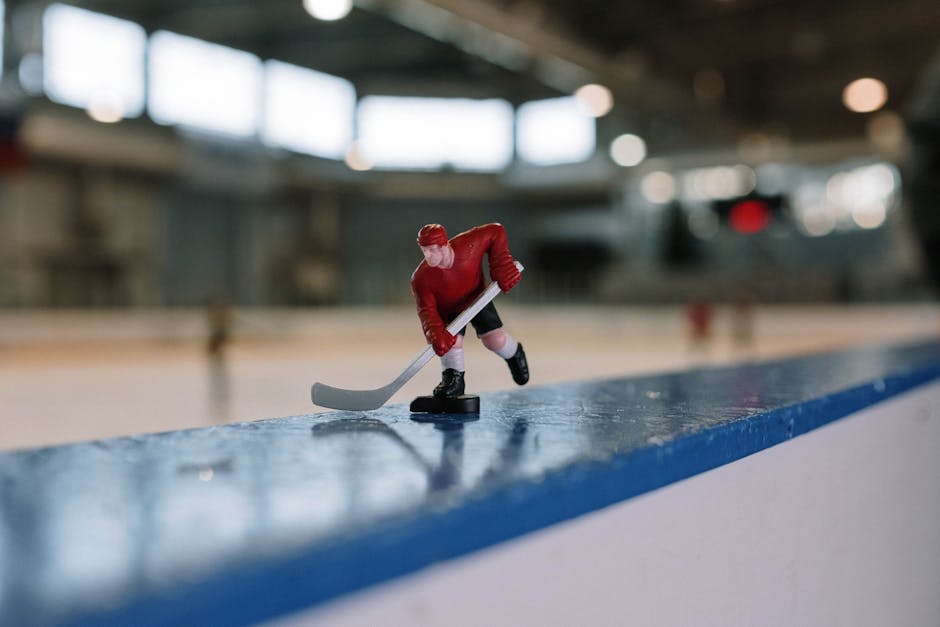
Practical Tips for Incorporating Visualization
Steps to Develop Effective Visualization Techniques
- Find a quiet space free from distractions.
- Close your eyes and imagine your performance in vivid detail.
- Engage all your senses—sight, sound, touch, and even smell.
- Practice regularly to strengthen your mental imagery skills.
Common Mistakes to Avoid in Visualization Practices
- Avoid vague or unrealistic imagery.
- Don’t rush the process—take your time to create detailed mental pictures.
- Stay consistent; visualization works best with regular practice.
Integrating Visualization into Daily Training Routines
Make visualization a habit by incorporating it into your warm-up or cool-down routines. Pair it with physical training for a holistic approach to performance improvement.
For more creative ways to use visualization, explore this article.
Conclusion
Recap of the Advantages of Visualization in Athletic Performance
Visualization is a powerful tool that enhances focus, builds confidence, improves skills, and supports recovery. It’s a mental practice with physical benefits, making it a must-have for athletes at all levels.
Encouragement to Incorporate Visualization for Success
Whether you’re a weekend warrior or an elite competitor, visualization can take your performance to new heights. Start small, stay consistent, and watch your confidence and skills soar.
Final Thoughts on the Power of Mental Imagery in Sports
In the end, visualization is more than just a mental exercise—it’s a gateway to achieving your full potential. So close your eyes, dream big, and let your mind lead the way to victory.
For additional insights on visualization techniques, check out this helpful resource (source).
Unlocking Potential: FAQ on The Advantages of Using Visualization for Athletic Performance
What is visualization in the context of athletic performance?
Visualization, also known as mental imagery, is a technique where athletes mentally rehearse specific skills, movements, or scenarios. It involves creating vivid mental pictures to simulate real-life experiences, helping athletes prepare mentally and emotionally for performance challenges.
How does visualization improve athletic performance?
Visualization helps athletes enhance focus, build confidence, and reduce anxiety by mentally practicing their skills. It activates the same neural pathways as physical practice, reinforcing muscle memory and improving execution during actual performance.
Can visualization replace physical training?
No, visualization is not a substitute for physical training. Instead, it complements physical practice by enhancing mental preparedness and reinforcing techniques. Combining both methods leads to more comprehensive performance improvement.
Is visualization effective for all types of sports?
Yes, visualization can benefit athletes across various sports, from individual disciplines like gymnastics and golf to team sports like soccer and basketball. The key is tailoring the imagery to the specific demands of the sport.
How often should athletes practice visualization?
The frequency of visualization practice varies by individual, but many athletes benefit from incorporating it into their daily routine. Short, focused sessions of 5-10 minutes can be highly effective when done consistently.
Does visualization help with injury recovery?
Yes, visualization can aid in injury recovery by maintaining mental engagement with the sport and reinforcing neural pathways for movement. Athletes often use it to mentally rehearse their return to play, building confidence and reducing fear of re-injury.
What are some common visualization techniques?
Common techniques include guided imagery, where athletes follow a script or audio guide, and self-directed visualization, where they create their own mental scenarios. Both methods focus on vivid, multisensory imagery to simulate real experiences.
Can beginners benefit from visualization, or is it only for elite athletes?
Visualization is beneficial for athletes at all levels. Beginners can use it to learn new skills and build confidence, while elite athletes often use it to refine techniques and prepare for high-pressure situations.
Are there any tools or resources to help with visualization practice?
Yes, there are various tools available, such as guided meditation apps, visualization scripts, and sports psychology resources. Some athletes also work with coaches or sports psychologists to develop personalized visualization strategies.
What role does emotion play in effective visualization?
Emotion is crucial in visualization because it helps create a realistic and impactful mental experience. By imagining the feelings of success, focus, or determination, athletes can strengthen their connection to the imagery and enhance its effectiveness.
